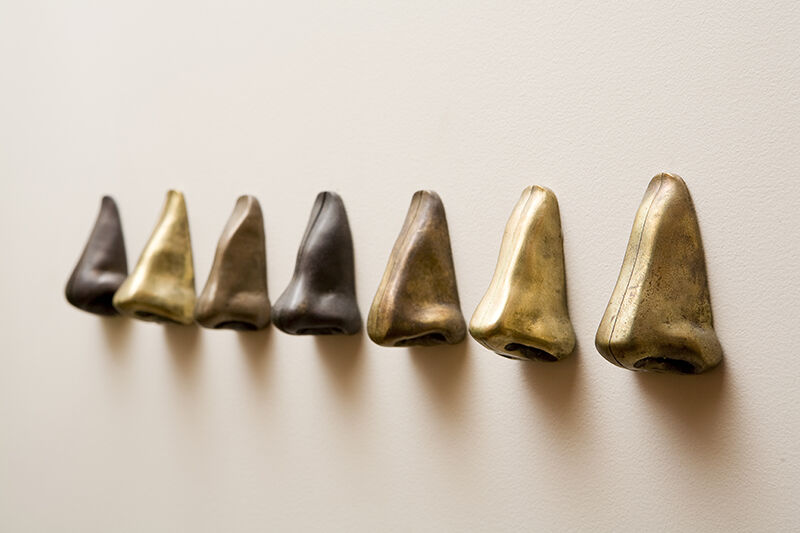Experience Cuban culture at “Arte Cubano”
September 16, 2021
The Brunnier Art Museum at Iowa State has a new “Arte Cubano” exhibit on display for the fall semester.
ISU University Museums highlights different artwork pieces and culture by promoting knowledge and appreciation.
“Arte Cubano,” a traveling exhibit, features Cuban artists’ diversity, history and creativity.
The display took around a week to set up and will be at the Brunnier Art Museum until Nov. 2.
The exhibit features 25 different Cuban artists. Most of them graduated from Instituto Superior de Arte, San Alejandro Art Academy or Escuela Nacional de Arte in Cuba.
Adrienne Gennett, the museum curator, picked out the exhibit. It has taken her almost three years to get the loaned showcase at ISU. Her inspiration in choosing the exhibit was to represent different cultures on Iowa State’s campus.
The pieces displayed in the exhibit represent the history of Cuba and how the creators express their experience.
Many of the artists were in their early ’20s during the 1990’s when creating the artwork in the exhibit. This was around the time of the Soviet Union collapse, which left Cubans with nothing.
“Looking at art helps you understand not only a time period, but a culture and what’s going on in that specific area, region or time,” Gennett said. “It really helps you understand the cultural aspects of why art is being created and what it means to the people.”
Cuba’s history continues to struggle, and these art pieces are a great representation of how their population interprets it.
“Art is very much influenced by how we are existing in that time period and what’s going on in our lives,” Gennett said.
The artists used what was available to them to create the sculptures and paintings in the exhibit.
One of Gennett’s favorite pieces in the “Arte Cubano” exhibit is a piece called “Domestic Prayer.” The piece features a woman who has coffee pots and saucepans on her head.
Alisha Abner, communications specialist for University Museums, has a favorite piece called “El Beso” or “The Kiss.” The sculpture is made out of noses with sponges on the inside. When an onlooker goes to smell the noses it looks like they are going to kiss.
A drawing class was visiting the art exhibit, as many classes will throughout the semester.
Visiting the museum and different displays is a great opportunity to learn about culture and appreciate art.
The Brunnier Art Museum is located on the second floor of the Scheman Building. It is free to attend with a suggested donation of $8.

















